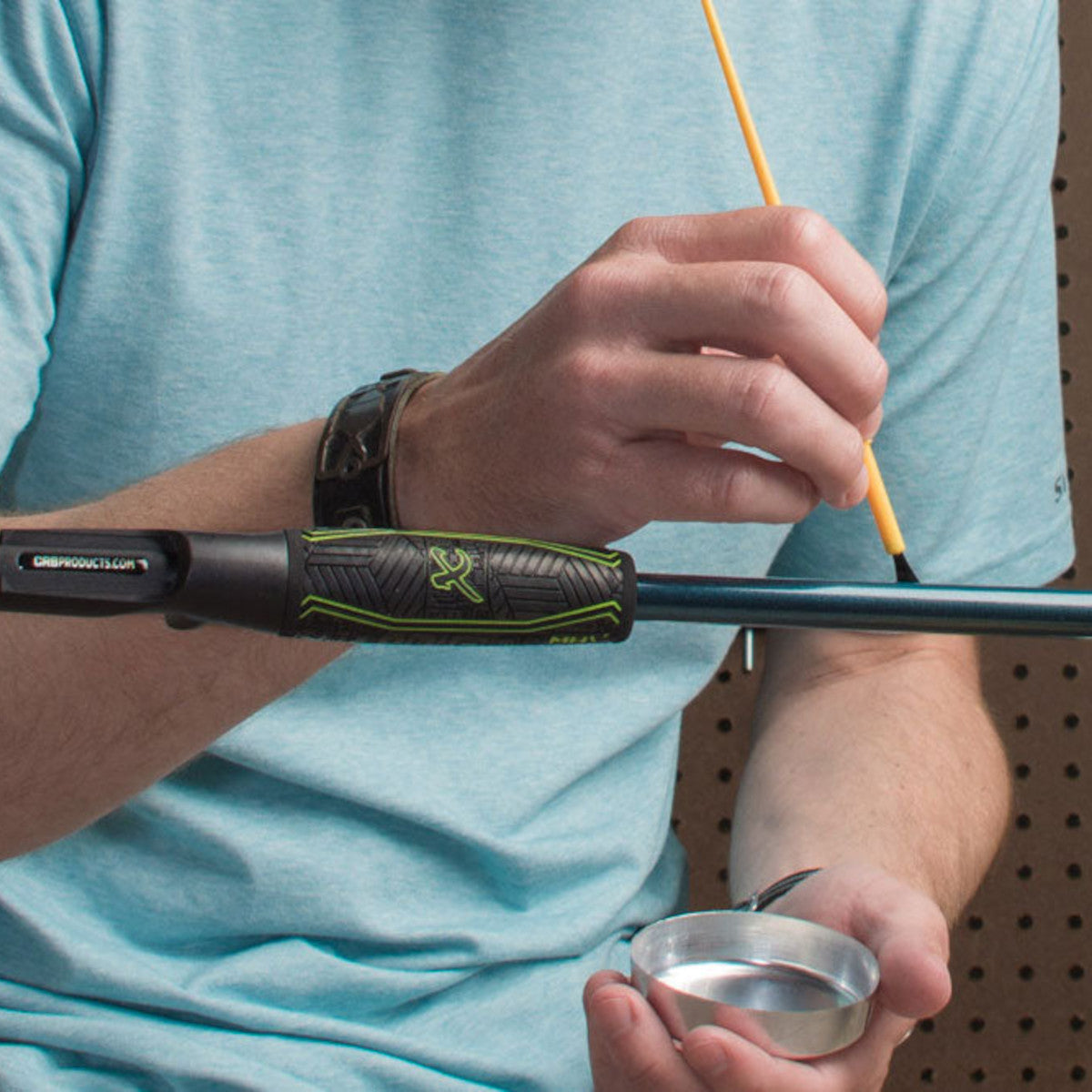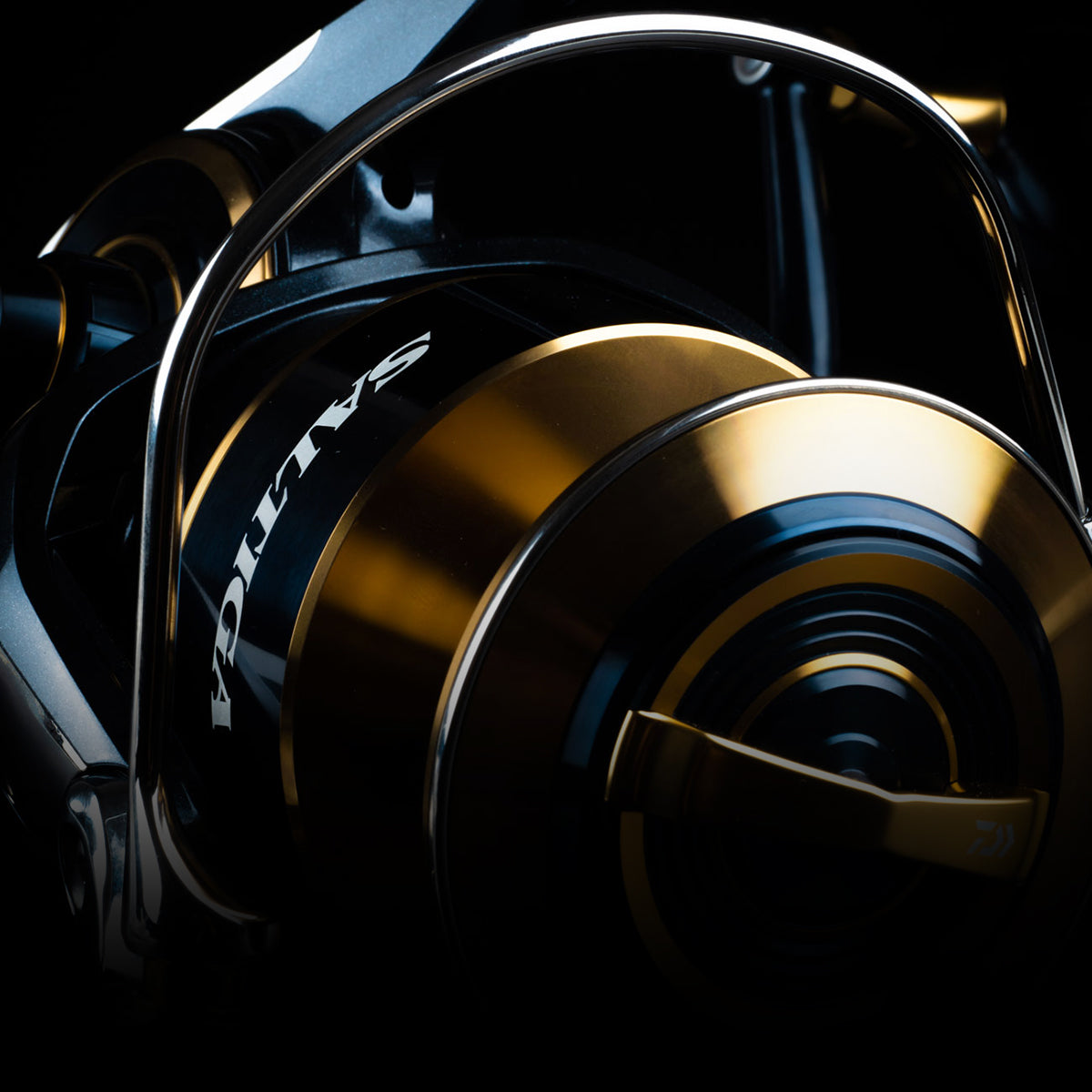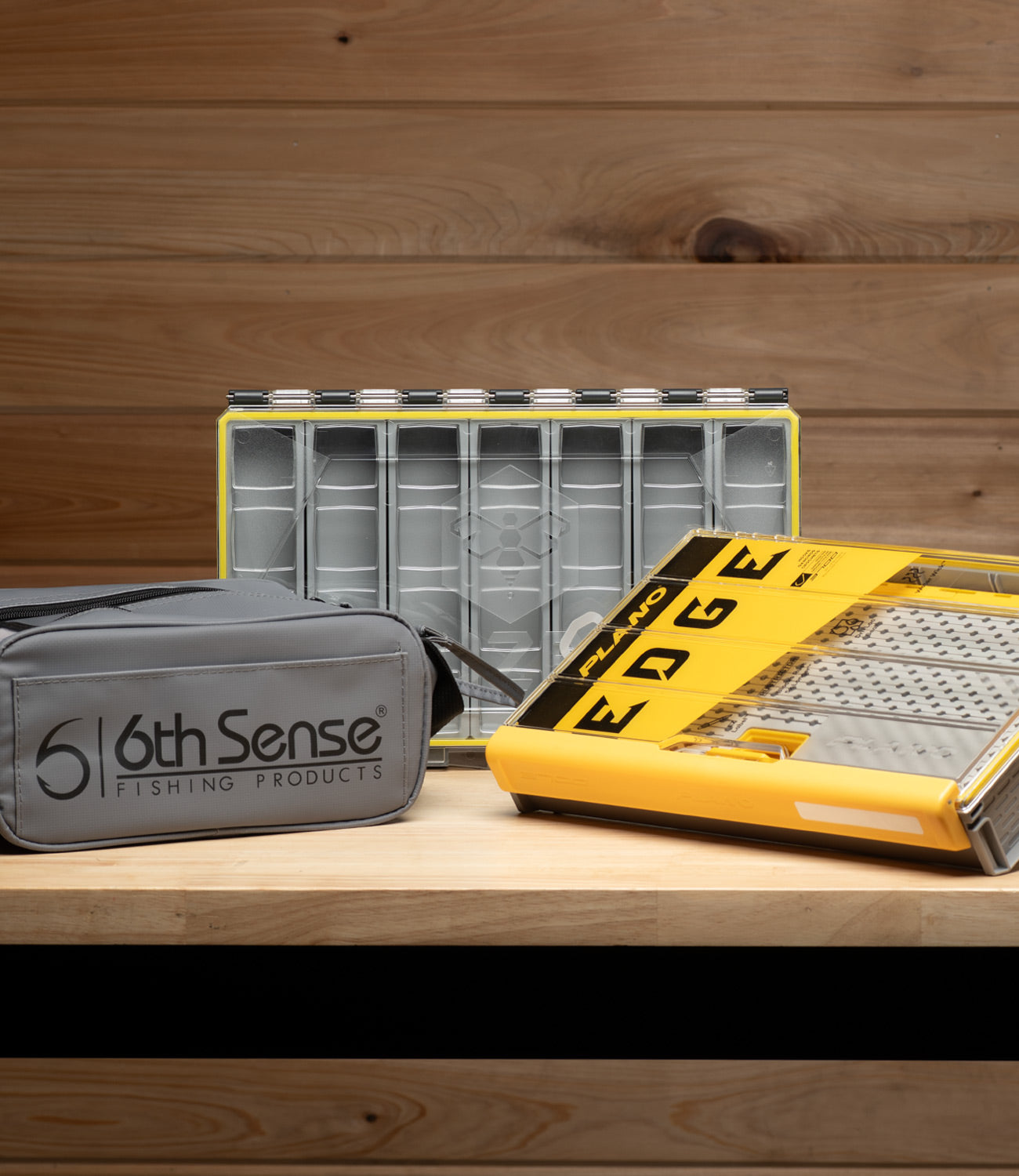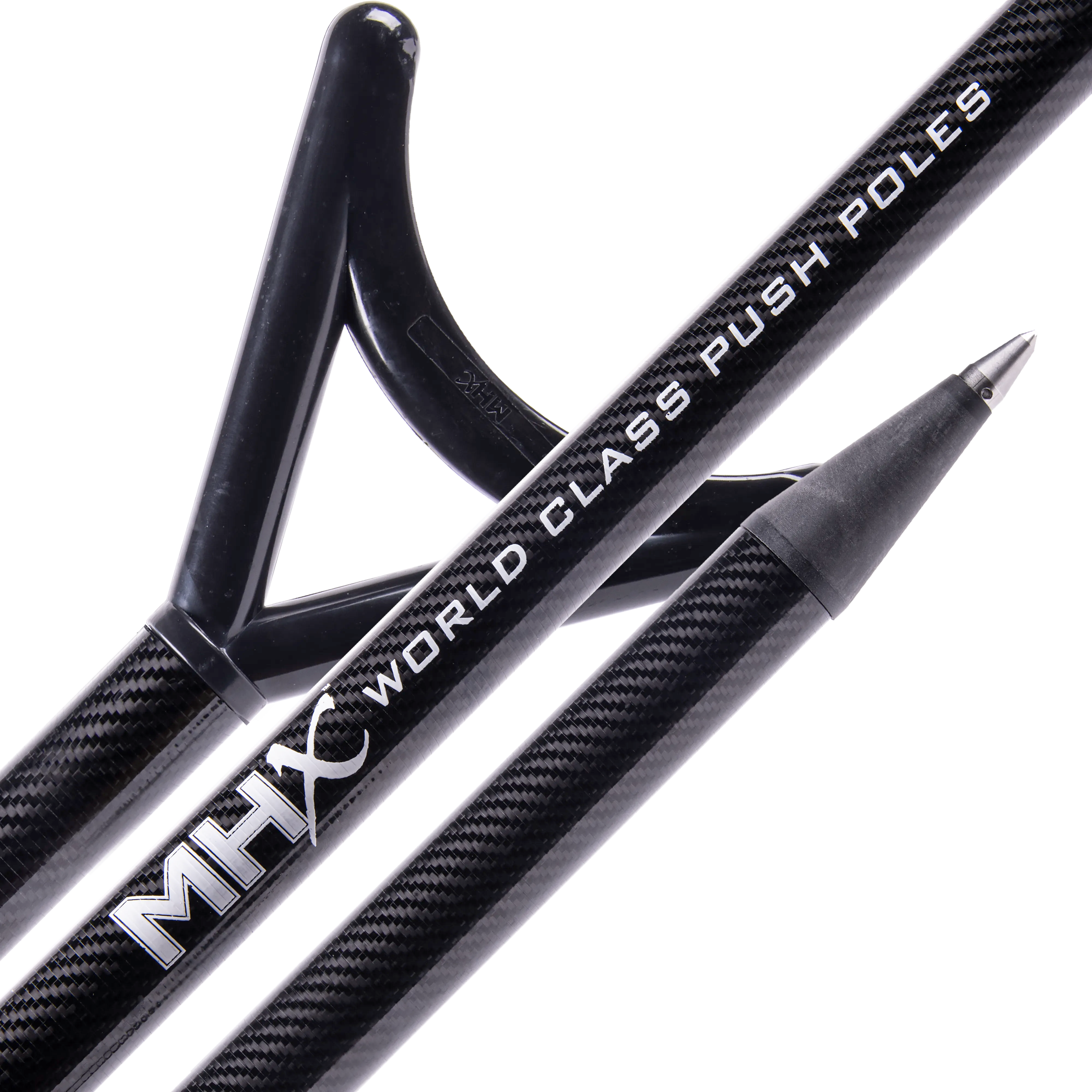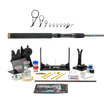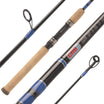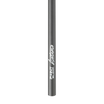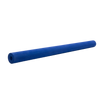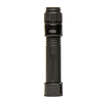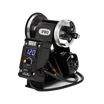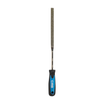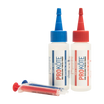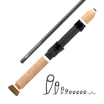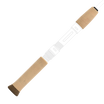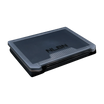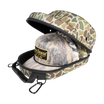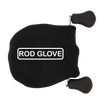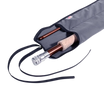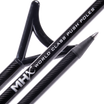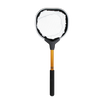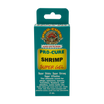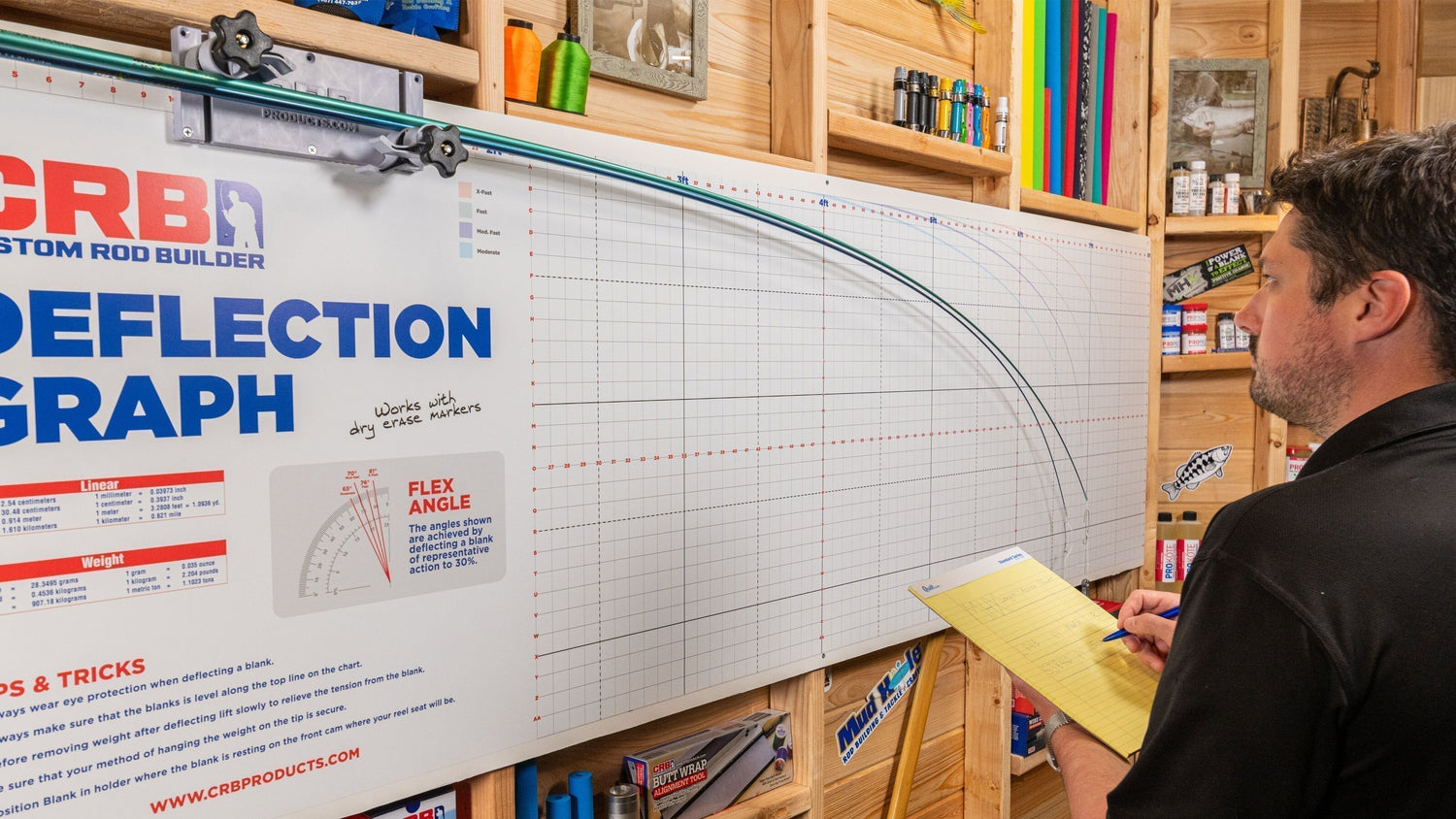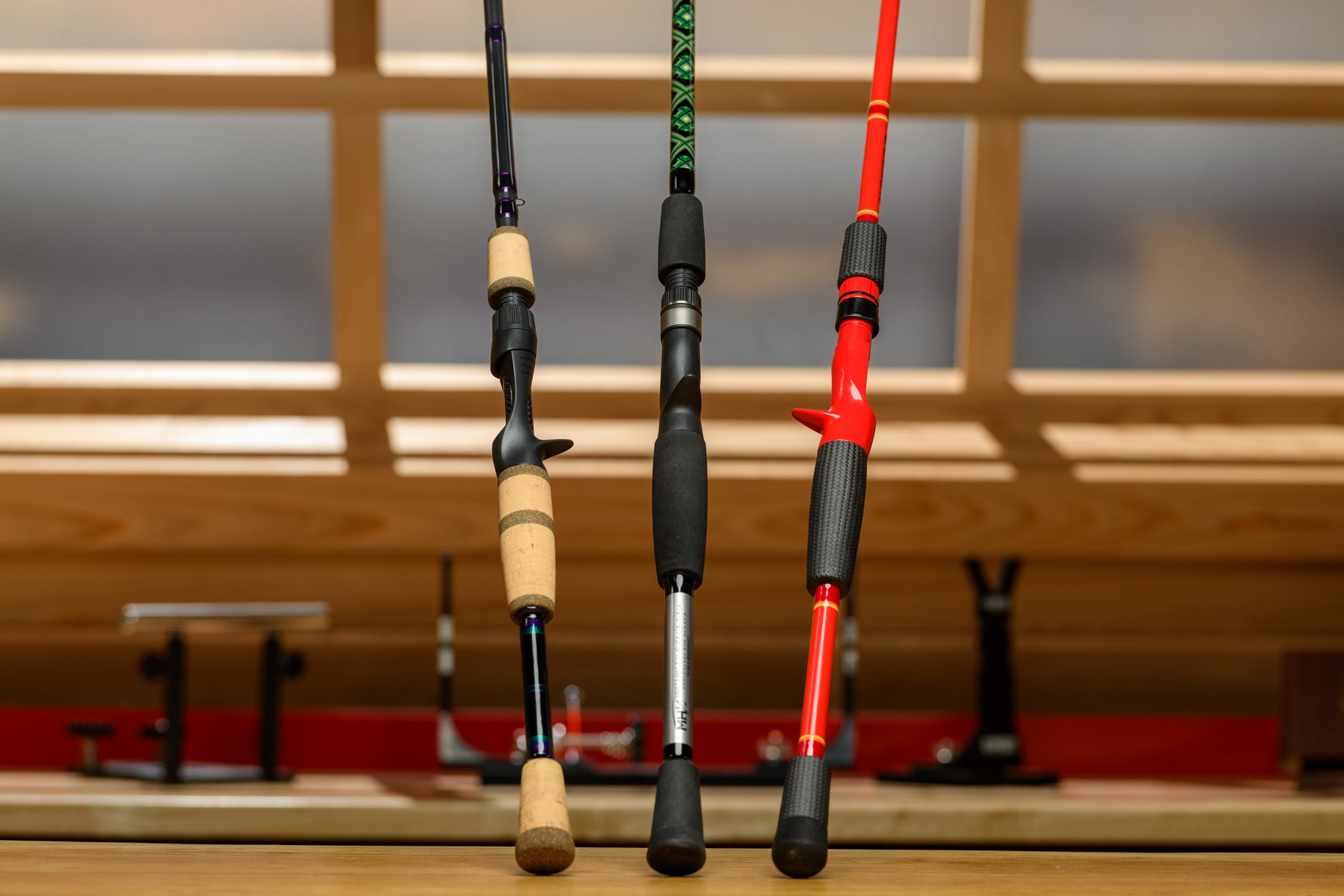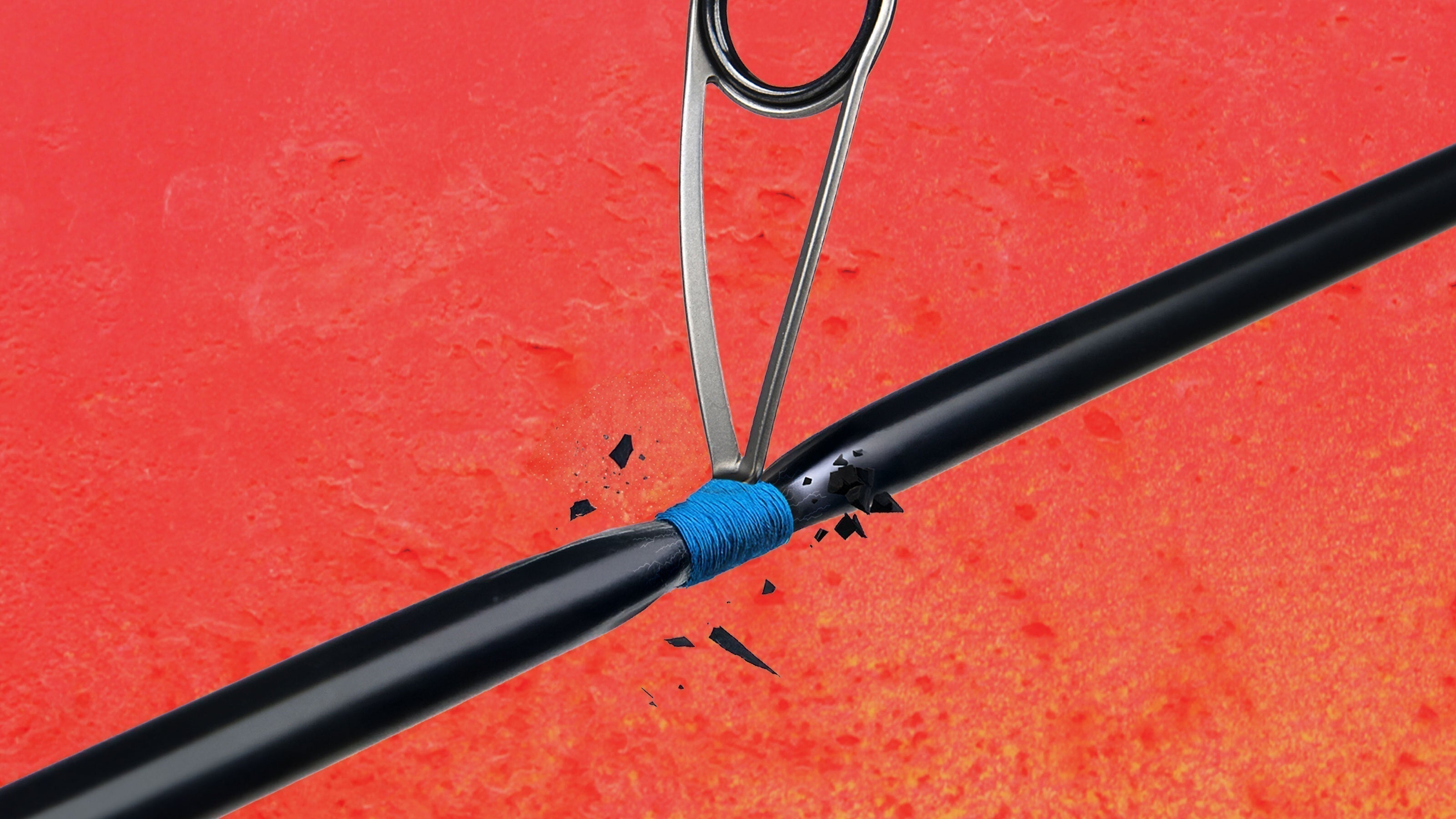When it comes to rod construction or purchasing a new rod, two of the most commonly used, and often misunderstood, terms are “Action” and “Power.” I’m not sure if many anglers believe they are interchangeable terms or they just get confused, but they actually describe very different characteristics that influence how a rod performs, how your bait is presented, and ultimately, can affect your success on the water.
Please don't get me wrong, not knowing the difference between Action and Power won’t stop you from catching fish. Plenty of people have done it with less-than-ideal or store bought rods. But, understanding these differences can make you a better fisherman and rod builder.
Rod Action
Action refers to how and where a rod blank flexes under load. It’s essentially the “movement” of the blank during the cast, hookset, or while fighting a fish. A “fast” action blank bends primarily in the upper third of its length, offering a crisp, responsive feel. On the other hand, a “slow” action blank flexes much deeper, often through the top three-fourths of the rod, creating a more parabolic bend and a smoother, more gradual response.

One way to understand Action is to think about how quickly a rod returns to its original shape after being bent. A fast action rod doesn’t bend very far, and when the pressure is released, it returns back to its resting position quickly. A slow action rod, with its broader range of flex, takes longer to recover—hence the term “slow.” This delay isn’t a flaw; it’s a feature that can be incredibly useful, depending on the technique and species you’re targeting.
Terms like extra fast, fast, moderate, and slow are used to describe this flex behavior and the recovery rate of the rod. Each one plays a specific role in how the rod casts, sets the hook, and fights a fish. By understanding a rod’s action, you can better match it to your fishing style and technique, leveraging the blank’s natural tendencies to improve your effectiveness on the water.
Rod Power
Now that we’ve established that Action describes how a rod blank flexes, let’s shift focus to its resistance to flexing, this is known as Power. Power refers to how much force is required to make the blank bend under a load.

Similarly to Action, Power is also determined by the blank’s taper, material, overall diameter, and wall thickness. These design elements influence how much force is needed to flex the rod. Blanks are typically categorized along a range: from ultra-light, which flexes easily and is ideal for finesse applications, to extra-heavy, which can be extremely stiff and you will hear it described like a "broom stick".
One unique part of power that often confuses people is that there is not one power range. What I mean by that is an "Ultra-Light" is not meant for bluegill and the "Extra-Heavy" is for blue marlin. There are categories that separate fishing rods or blanks into groups determined by a species or style. See below one of our favorite UltraLights, the S781 by MHX. It is a blast to fish and comes in 14 colors.

To make it even more confusing, there is not really a standard for these categories. You might hear some called bass rods, or that same group be called freshwater. You might also have a category listed as a technique like trolling, while others refer to that group as offshore. However people slice it, just remember, within those categories you have a range of powers. Just as freshwater blanks go from ultra-light to extra heavy, so do saltwater offshore blanks but they couldn't be farther apart from each other.
As you can see, Action and Power are distinct characteristics. Action is about where and how much the rod bends; power is about how hard it is to make that bend happen. While the two traits work together to define a rod’s overall performance, they are not interchangeable, despite the confusion that often exists among anglers.
Pictured below are a trio of our favorite Flipping and Pitching rod blanks. The FP885, the FP936 and the FP937. You can even buy Flipping Hook and Tungsten Weights now to rig your favorite flipping rods from Mud Hole!

Standardization
One more added complication in understanding Action and Power is that there are no universal industry standards. Unlike other industries, where you can compare products based on miles per hour or feet per second, fishing rod manufacturers don’t follow a consistent system. A “fast action, medium power” blank from on manufacturer may behave quite differently than one labeled the same by another manufacturer. This lack of standardization means that you can’t rely solely on the label; experience, testing, and trusted recommendations matter.
Choosing the Right Blank
Here’s how: when you understand a blank’s design and inherent characteristics, you can better match the rod to your technique and target species. For example, a rod with a fast action and medium-heavy power, like the MB873 by MHX, might be perfect for worm fishing, giving you sensitivity at the tip and enough backbone for a solid hookset. Meanwhile, a moderate-fast action, heavy power rod might be ideal for crankbait fishing, helping to keep treble hooks pinned while absorbing the shock of a hard strike.
Is Power or Action more important? Although I truly believe they go hand in hand, in my opinion, Action is the primary characteristic to evaluate when tailoring a rod to a specific technique. Power still plays a vital role, but when it comes to matching rod to presentation, Action will be your guide. Yes, I am sure we could probably do everything from bass fishing to inshore saltwater with a medium power, fast action rod, but we know better.
Dive Into Actions
With so many options I wanted to touch on some different options for Action and why you should explore them.

Extra Fast Action
One that I believe anglers shy away from, or there are misconceptions, is the Extra Fast Action. The main advantages of an Extra Fast action blank lie in its ability to properly work certain lures. With only the very tip of the blank flexing under load, the rest of the rod remains stiff and responsive, perfect for delicate work or very exacting movements. Compared to slower action blanks, Extra Fast models offer the "work smarter not harder" approach. Anyone that has thrown a jerkbait on a slower action rod knowns exactly what I am talking about. Two of our favorite Extra Fast blanks are from the MHX Elite-X series, the NMB813XF and NMB863XF, as seen above.
Fast Action
A Fast Action blank has a few similarities of the Extra Fast blank, but is slightly more forgiving for those that fish around heavier cover. Fast action rods shine in techniques that demand both sensitivity and power. As a Floridian, we fish blanks with a fast action across almost every power rating. A great example is fishing single-hook rigs in or around loose weeds and grass. In these situations, the rod needs to be sensitive enough to detect subtle bites, but also powerful enough to snap the bait free from vegetation and drive the hook home with authority. A more flexible rod would struggle in this environment, making the Fast Action a much better fit. The MB873 in Metallic Green is pictured below.

Common techniques that benefit from Fast Action rods include jig fishing, Texas rigs, and Carolina rigs. These presentations require a blend of feel and force, making the Fast Action blank a versatile and reliable choice for many freshwater and inshore applications.
Moderate-Fast Action
Typically when you pull out the Moderate or Moderate-Fast Action blanks, the priority shifts to hook retention during the fight. Treble hooks, by design, have thinner wire than single hooks and require less pressure to penetrate. Plus, the presence of multiple hook points increases your chances of getting a secure hookup, even with a quick or subtle strike. The CB905 by MHX pictured below, is one of the best selling crankbait blanks in the entire lineup and available in 14 metallic colors. Also, check out our full selection of crankbaits from legendary brands like Rapala, 6th Sense, Spro, and Strike King.

The slower action of the blank helps tremendously here. Because the rod takes longer to return to its resting position, it naturally maintains consistent tension during a fight. This reduces the likelihood of tearing out hooks or creating slack that allows the fish to throw the bait. The rod’s deeper flex also helps it respond smoothly to sudden surges, jumps, and head shakes—essential when using smaller hooks that can easily rip free under too much pressure.
Hopefully this overview helps you clearly understand how Action and Power work in tandem, and how they directly impact different fishing techniques. Whether you're building a custom rod for yourself or for a customer, this knowledge gives you an edge in selecting the right tool for the job. Think of it as expanding your fishing toolbox: the more you understand these elements, the better equipped you are to adapt to conditions, match your presentation, and ultimately catch more fish. Success often comes down to using the right rod at the right moment—and now you’ll know exactly what to reach for.


